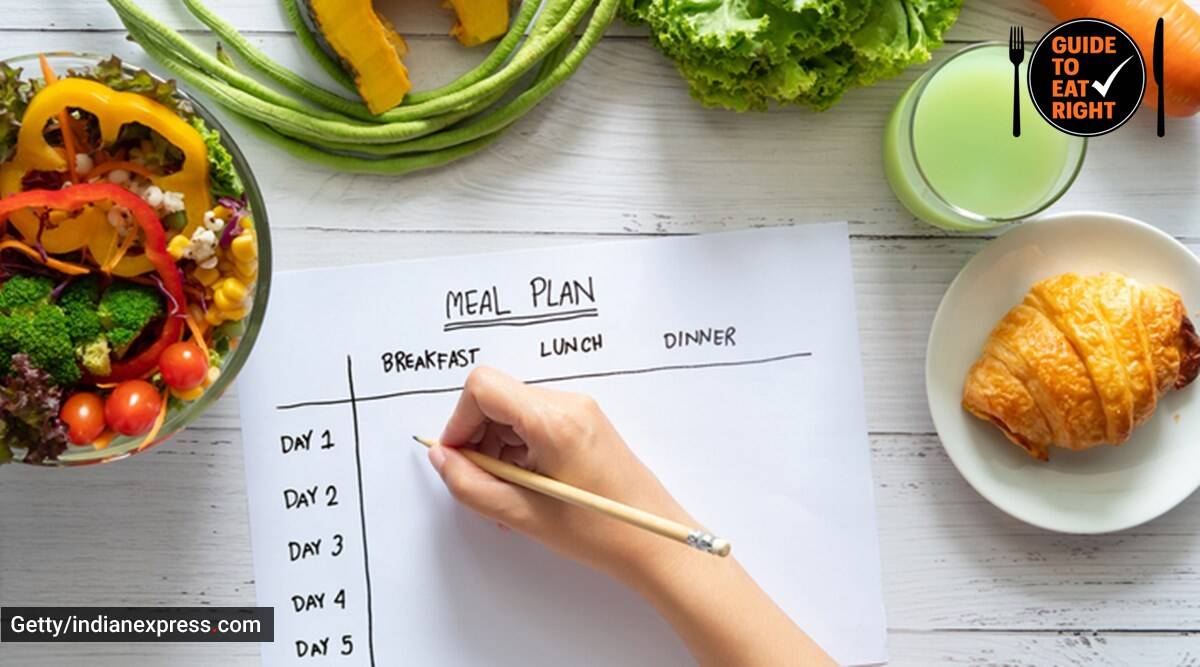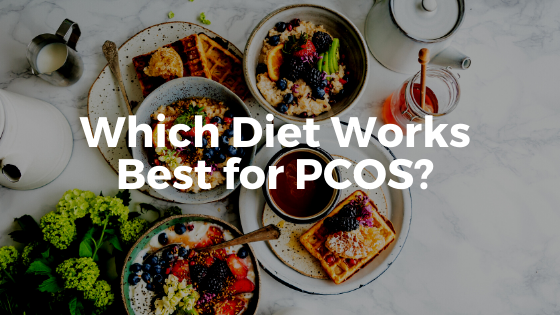
What is an Interval Diet? This type is about eating food for an extended period of time. In the first hour after eating, digestion juices are at their lowest. This process resumes at its most intense in the second to fourth hours. Consequently, eating less than two hours after a meal is not an appropriate practice. This practice can also be harmful and cause disorders in the motor work of the digestive system.
Interval fasting is an example of interval dieting
While intermittent fasting may sound appealing, it can be difficult to stick to. You can go up to 12 hours without eating during an interval fast. However, the benefits of intermittent fasting are well worth it. It has been shown to increase life expectancy, and reduce stress. The best ways to perform interval fasting include the 16/8 method, which involves fasting for 16 hours and eating normally for eight hours.
It allows you to achieve a weight loss that your body doesn't fight against
The Interval diet is a fast way to lose weight without your body fighting it. This type of diet involves some dietary changes such as higher-quality fat and protein. Calculating how much liquid is needed per day can be done with a liquid requirement calculator. If your blood sugar levels are low, black or green tea can help you to calm your stomach.
It allows your pancreas to rest.
Your overall health is dependent on your pancreas. The pancreas produces large amounts of insulin, which regulates blood sugar and aids in digestion of carbohydrates, fats, proteins, and fats. If your pancreas is not functioning properly, it will result in sluggishness and an increase in acidic and bloated blood. It's possible to fix it with lifestyle changes and diet. Here are some suggestions from Luke Coutinho, lifestyle coach.

It is very popular with athletes.
The interval diet is popular with professional athletes and anyone who just wants to lose weight. This diet is well-known for its high calorie burning capabilities and the ability to be done anywhere. The main downside to this method is that it may not be safe for pregnant women or those with chronic health conditions. If you adhere to its rules, however, you will be amazed at the positive effects.
FAQ
Is Cardio Exercise Good Or Bad For Your Health?
Cardiovascular exercise has many benefits. It improves blood flow, strengthens your heart muscle and increases stamina.
Cardiovascular exercise includes running, biking, hiking, swimming, tennis, basketball, soccer, volleyball, football, etc.
It is important that cardio exercises are not performed at high intensities. Doing this could lead to injury.
You should only perform the cardiovascular exercise if you are feeling well.
Never push yourself past your limits. If you do, you might injure your self.
Begin by warming up before engaging in cardio exercise. Gradually increase the intensity.
Remember, you should always listen to your body. If you feel pain while performing cardiovascular exercise, it is important to stop immediately.
It is also advisable to rest after a cardiovascular workout. This gives your muscles the chance to heal.
Cardiovascular exercise can help you lose weight.
It is the best method to lose calories and reduce belly weight.
Does weightlifting burn more fat than other forms of exercise?
Weight lifting will help you burn more fat, but it's best to combine it and cardio.
It is important to do weightlifting right after cardio exercise in order to reap the full benefits.
When done correctly, weightlifting increases your heart rate and oxygen consumption which helps you lose weight.
You will not notice any changes in your body composition if you don’t combine it and cardio.
Are There Any Benefits to Yoga?
Yoga has been around for thousands of years and is now very popular. Celebrities, as well as everyday people who are looking to stay fit and healthy, have made yoga a hugely popular choice.
Yoga is great because you can stretch your muscles and strengthen them. It calms you down and relaxes you.
The primary difference between yoga and other forms is the focus on breathing techniques in yoga.
To improve your balance and flexibility, you can try different poses.
Which is the best order to exercise?
It all depends on your goals. First, lift heavy weights if you are looking to increase muscle mass. Then you can move to cardio. You can then go to strength training if your goal is to lose weight.
You can burn fat by just doing cardio. Add strength training to your workouts.
Cardio is the best way to build muscle mass.
Before you start your workout, it is a good idea to eat. You will be able to give your muscles more fuel so they can work harder. Plus, it makes you feel better during your workout.
Statistics
- Candidates and applicants must pass all four tests at 70% (minimum level) to graduate from Basic Deputy U.S. Marshal (BDUSM) Training. (usmarshals.gov)
- By John Thompson Take a whopping 38% off a set of PowerBlock Pros. (menshealth.com)
- Cardmembers earn 5% Back at Amazon.com with a Prime Credit Card. (amazon.com)
- Are You One of the 20% of Guys (mh.co.za)
- According to the American Heart Association, blood pressure should be checked at least once every two years, beginning at age 20. (my.clevelandclinic.org)
External Links
How To
How can I exercise to burn fat?
Exercise helps you lose calories by increasing your metabolism and oxygen intake.
If you exercise with moderate intensity, you can safely lose weight.
These are some tips to help you lose fat while working out:
-
Cardio exercises like walking, running (or jogging), swimming, cycling, running, and/or elliptical training are all good options.
-
Exercise for 30 minutes three times per week.
-
If you want to lose more weight, add strength training to your routine.
-
Avoid intense workouts. It's possible to build muscle, but not lose it.
-
Hydrate well during exercise. Water flushes out toxins and helps keep the body hydrated.
-
After exercising, consume low-fat protein smoothies. Protein shakes can help boost energy and repair muscles.
-
So you don’t feel hungry, eat smaller meals throughout your day.
-
Don't skip breakfast! Skipping breakfast can make you tired and sluggish.
-
Take care of your mental health. Stressful situations can slow down metabolism.
-
Keep a positive attitude. Research shows that overweight people gain more weight if they believe they are overweight than those who believe they look good.
-
Get enough rest. It is harder to lose fat if you don't get enough sleep.
-
Be active. Be sure to get up and move around every hour or two.
-
Maintain a healthy diet. Healthy eating will keep you fuller and more satisfied for longer.
-
Find relaxation techniques. Relaxing doesn't mean your body releases stress hormones which cause muscle tissue to be destroyed.
A balanced diet contains all necessary nutrients for growth and development.
Eat six small meals each day instead of three large ones. This allows your body time to digest what you've eaten.
To maintain strong bones, you need to consume 500 mg of calcium each day. Calcium can also be found in milk products, yogurt, fortified Soy beverages, orange Juice, cereals and bread.
Calcium is found in leafy vegetables, beans and tofu, as well nuts, seeds and cheese.
Your body needs vitamin D to absorb calcium. Vitamin D is found in eggs yolk, fatty fish and fortified foods.
Vitamin E is essential for skin health. It's found in vegetable oils, wheat germ oil, peanuts, almonds, sunflower seeds, and corn.
Zinc is essential for healthy immunity and wound healing. Zinc can be found in seafood, legumes and meats.
Zinc deficiencies can lead to fatigue, decreased appetite, depression, and reduced immunity.
Insulin resistance is caused by eating too much sugar, which can increase blood glucose levels. Insulin resistance can lead to weight gain.
Insulin resistance develops when there are high levels of free radicals in the bloodstream. Free radicals are molecules with unpaired electrons that damage cell membranes and other parts of the body.
Most free radicals come from pesticides herbicides, food additives, preservatives smoking, radiation, chemical in cosmetics, lotions and household cleaning supplies.
Free radical damage can cause cancer, heart disease and diabetes, as well as arthritis, asthma, and other diseases.
To prevent free radical damage, eat a healthy diet rich in antioxidants. Antioxidants protect against oxidative damage.
Antioxidant vitamins include Vitamin C (found in citrus fruits), beta carotene (found in carrots, sweet potatoes, spinach, broccoli, cantaloupe, apricots, squash, mangoes, peaches, peppers, tomatoes, cabbage, cauliflower, kale, Brussels sprouts, collard greens, watermelon, and strawberries), and Vitamin E (found in nuts, olive oil, avocados, and eggs).
Selenium, copper and manganese are all antioxidant nutrients.
Selenium protects cells from free radical damage. Selenium is also found in Brazil nuts.
Copper protects the brain, eyes, lungs, and red blood cells. Copper is also found in poultry, meat, and organs.
Manganese forms an essential part of bone structure. Manganese is found in brown rice, spinach, bananas, prunes, raisins, oatmeal, and lentils.
Zinc is important for healthy growth, reproduction, and wound-healing. Zn can also be found in white fish, lean cuts of meat, poultry, and eggs.